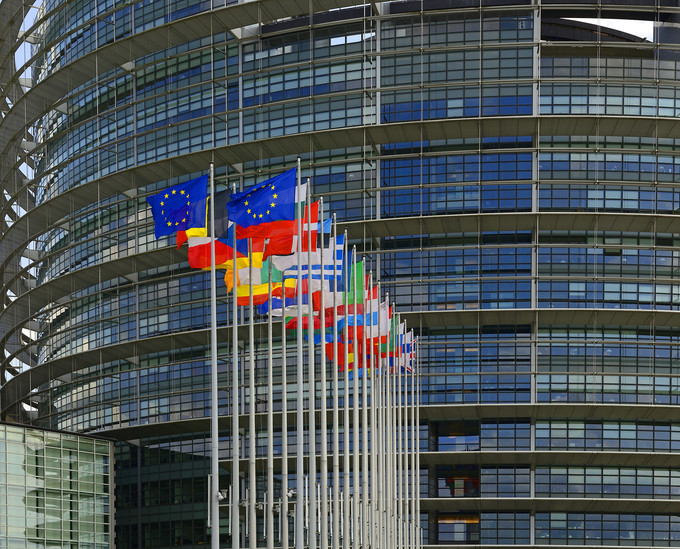Circular Economy
General framework
The EU Action Plan for the Circular Economy was adopted by the European Commission in 2015 and establishes measures covering the whole cycle: from production and consumption to waste management and the market for secondary raw materials and a revised legislative proposal on waste. The annex I in the plan shows the timeline when all these actions have to be implemented. These actions will contribute to monitored product lifecycles through a greater recycling and re-use.
In 2018, the European Commission adopted a Europe-wide EU Strategy for Plastics in the Circular economy which consist the way plastics and plastics products are designed, produced, used and recycled. Due to this strategy, all plastics should be recyclable by 2030. Another important documents is also a Monitoring Framework on progress towards a circular economy at EU and national level, which consists of a ten key indicators which cover each phrase – i.e. production, consumption, waste management and secondary raw materials, etc.
On 4 March 2019, the European Commission adopted a comprehensive report on the implementation of the Circular Economy Action Plan. The report presents the main achievements under the Action Plan and sketches out future challenges to shaping our economy and paving the way towards a climate-neutral, circular economy where pressure on natural and freshwater resources as well as ecosystems is minimised.

